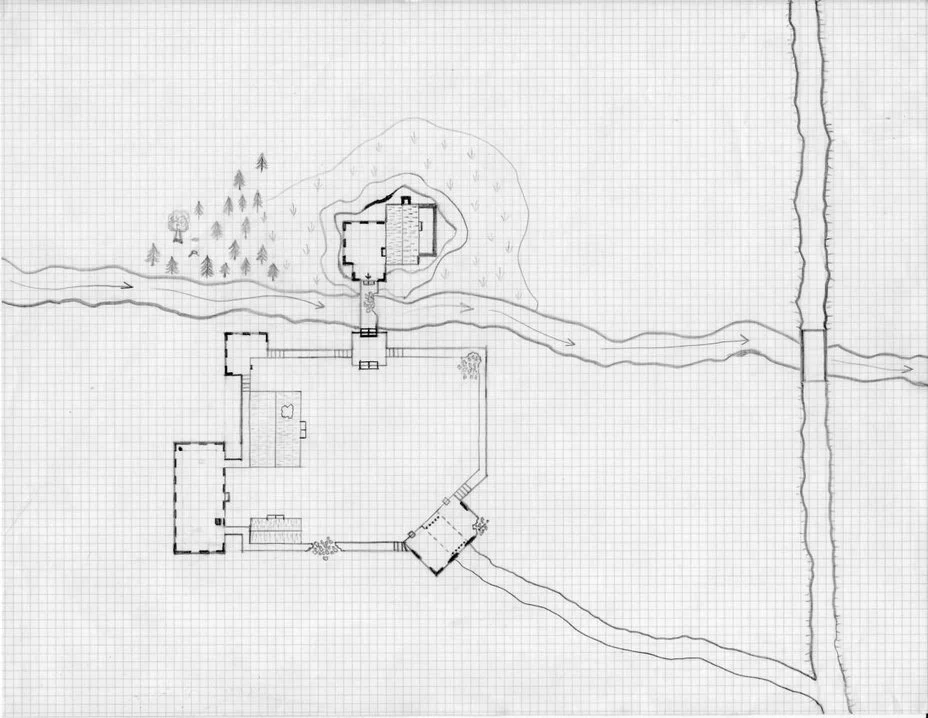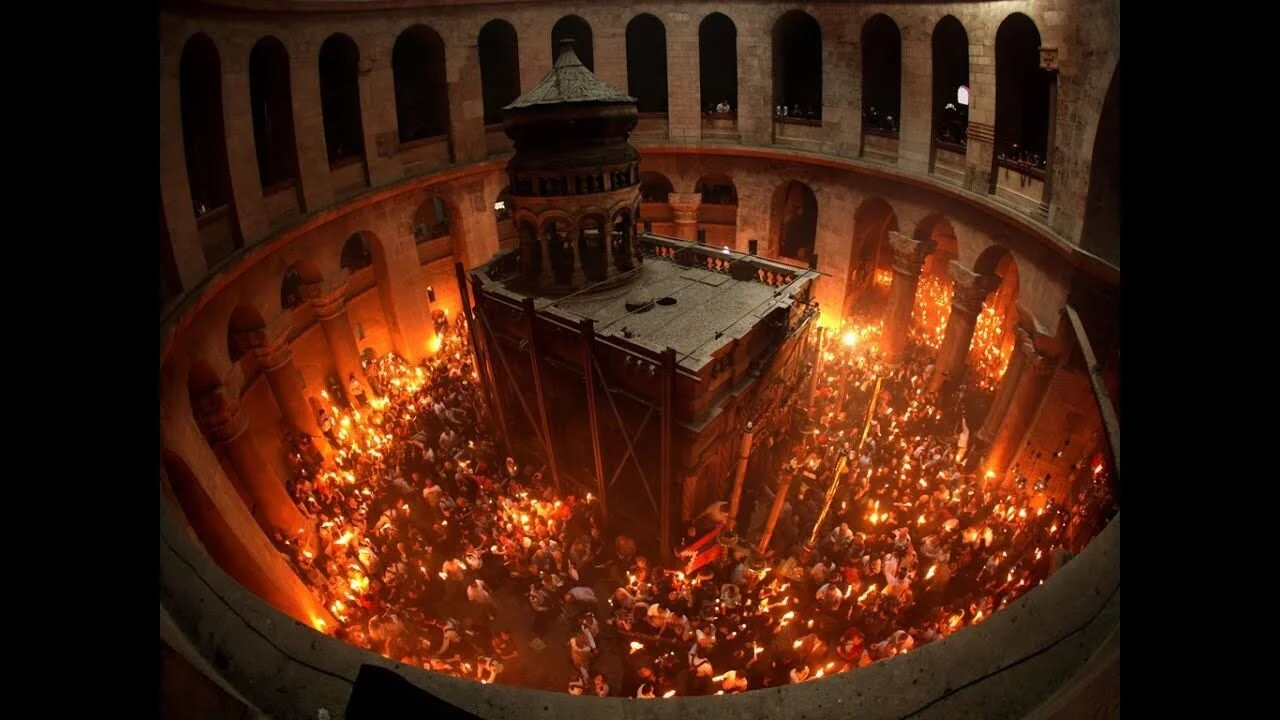While doing researching games played in ancient and Medieval India, I stumbled across what is apparently the earliest known list of games, dating to the 5th or 6th century B.C.!
All in Developer Blog
Top Five Post-Apocalyptic TV Series
In this blog entry author Chris Van Deelen takes a look at his favorite post-apocalyptic television shows!
A Brief Guide to Heraldry
Painted shields and devices, and later additions such as embroidered surcoats, crests, and horse trappings, were an important means of identifying fully armored — and therefore anonymous — friends and foes on the battlefield.
Old Game Notebook: Mansabdar
This post has a writeup on the Mansabdar, a 2nd Edition Dungeons & Dragons "Kit" that the author created for use with the "Indian Adventures" rules that he was developing in the early 90s!
Remembering Gary Gygax
Following is a brief piece I wrote a few days after Dungeons & Dragons creator Gary Gygax died in March 2008 and which I am sharing again here on this “Gygax Day” following the 15th anniversary of his death.
Old Game Notebook: Bottles of Gopal
Named for a weaver who owned them for many years, these are a pair of plain ceramic bottles. They may be found together or individually. The bottles are Vamana in origin, and other types of similar bottles may exist.
The 30th Anniversary of Two New Weapons
Thirty years ago, two particular weapons made their first appearance in official materials for Dungeons & Dragons.
Game Designer's Notebook: Thematic Potion Bottles
Purpose-made containers really would make a lot of sense, regardless of whether potions were very rare and valuable, and thus warranting of custom containers, or very common, and therefore being commodities easily identified and organized.
Investigating the Mysteries of the Alchemical Gate
During a visit to Rome, while exploring an old and overgrown park in an obscure quarter of the city, I was pleased and excited to stumble across a bit of nearly forgotten esoterica, the Porta Alchemica!
Old Game Notebook: Fakir's Bag and Bed
These items tie in with the Fakir, an iconic type of mystical priest associated with adventures in an Indian setting.
Old Game Notebook: Swamp Castle
This map from the late ‘80s depicts a keep and surrounding terrain that includes a road, river, bridge, stand of forest, and a swamp!
A Methodology for Species Design
For a variety of reasons, I enjoy tapping into real-world mythology and folklore when creating new races for my games.
Old Game Notebook: Miscellanea
This mixed bag of items from my old game notebooks includes Permanent Potions, Devouts of Earth, Spoof Names, the Spell Memory, and an Iron Lamp with silver lettering.
Old Game Notebook: Projects Lost and Projects Found
Recently, I came across a number of not just interesting but actually significant things, one being an old game notebook containing about 200 pages of printed material I developed for D&D during the period 1989-91, including hundreds of monsters, spells, and magic items.
d100 Terrible Superhero Names
Following is the start of a list of d100 terrible superhero names!
A Hundred Little Nightmares: Campaign Notes for Curse of Strahd
As a GM I rarely take structured notes and almost never run prepackaged campaigns, but for Curse of Strahd I wanted to do something different.
Druid Blood Magic
Druidic blood spells use the life force of a sacrificed animal to create new life or heal and is one of the ways I have been thinking of to make druid magic different from clerics and magic users.
Holy Light
Easter is among the holidays on which you’re most likely to be set on fire.




















